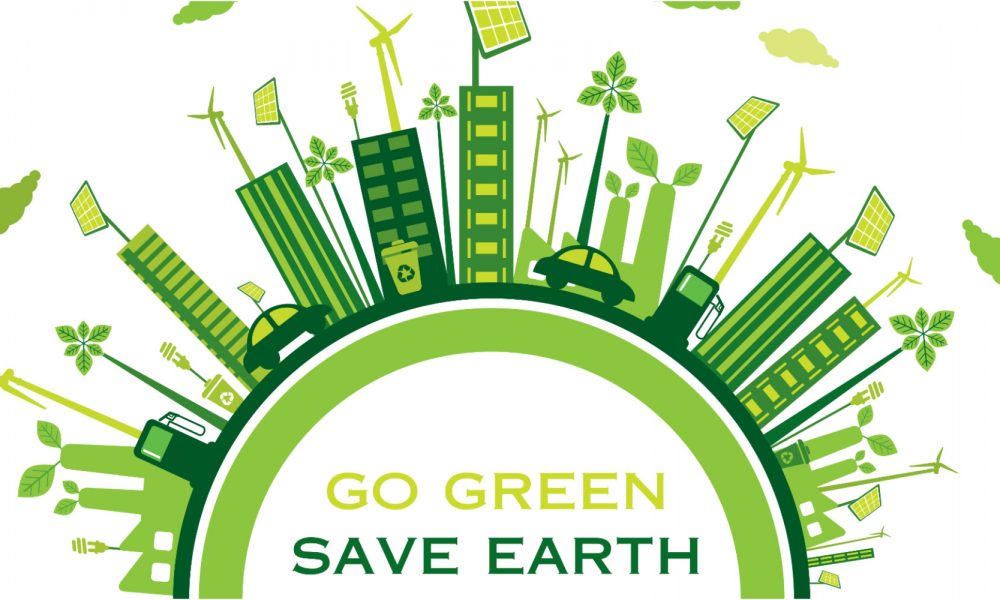
Building an Environmentally Friendly Community One Individual At A Time

An environmentally friendly community begins with an individual. It is far easier than it seems to become environmentally friendly, and it won’t require you to make drastic changes to your lifestyle. The small decisions are the important ones, and if you can set an example for your community to follow, the impact will be greater than you imagine. Here are some ways you can learn to be an environmentally friendly individual and inspire others to follow suit!
Become Environmentally Aware
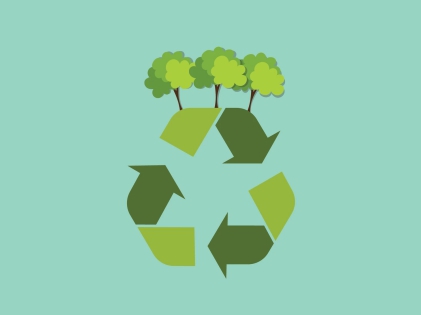 For you to make environmentally friendly choices, it all begins with awareness. Learn about the environmental impact of all the things that you do or use on a daily basis. From that knowledge, you will be able to make better decisions to save the earth in some way or the other. Begin investigating the impact electricity usage has on the environment or learn how your car affects your surroundings. There are many activities in our daily lives that have an impact on the environment.
For you to make environmentally friendly choices, it all begins with awareness. Learn about the environmental impact of all the things that you do or use on a daily basis. From that knowledge, you will be able to make better decisions to save the earth in some way or the other. Begin investigating the impact electricity usage has on the environment or learn how your car affects your surroundings. There are many activities in our daily lives that have an impact on the environment.
Enforce Conservation
With the knowledge that you now have after learning about the impact of your daily activities, you can make informed decisions about how to become more environmentally friendly. Find ways that will help you to use less electricity or to use your car less frequently. This doesn’t mean you need a large investment like solar panels if it isn’t something that you can afford. The decision can be as small or as big as you can manage – from a simple task of switching off lights that you aren’t using or replacing all your bulbs with energy savers to larger decisions like installing solar paneling on your rooftop. Every decision counts, no matter how small.
Plant More Trees
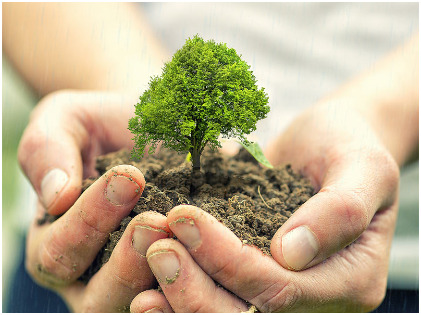 Trees are such an important element of our survival, and they have an important role to play in the balance of the environment. Trees clean the air that we breathe, and they are home to many creatures and bear all types of nutritious fruits. If you have space, try to plant many trees in your yard and do your part to improve the environment – one little step at a time. Encourage others to plant trees as well, and teach them the importance of the humble tree!
Trees are such an important element of our survival, and they have an important role to play in the balance of the environment. Trees clean the air that we breathe, and they are home to many creatures and bear all types of nutritious fruits. If you have space, try to plant many trees in your yard and do your part to improve the environment – one little step at a time. Encourage others to plant trees as well, and teach them the importance of the humble tree!
Check Out Your Consumables
Have a look at the consumable products that you frequently use and determine which products are produced by means of fossil fuels. Where possible, try to avoid buying products like these and opt instead for those made through sustainable processes. If you cannot replace the purchase, think of ways on how you can use less of those particular products so that you can make your carbon footprint a little smaller.
Buy Local
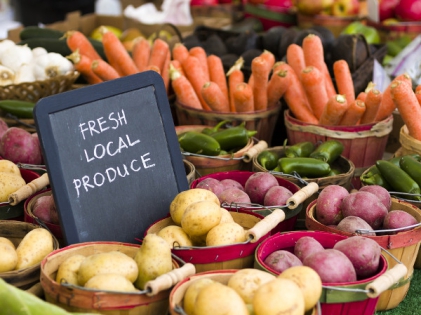 Your local fruits and vegetable are not only fresh, but they also didn’t have to travel from long distances in ships and trains and trucks that all have large carbon footprints. Support local dairies and gardens, and maybe even take up building a backyard vegetable and fruit patch of your own. You will be surprised at how rewarding it is to pluck fresh produce from your very own garden and prepare it for yourself or your family.
Your local fruits and vegetable are not only fresh, but they also didn’t have to travel from long distances in ships and trains and trucks that all have large carbon footprints. Support local dairies and gardens, and maybe even take up building a backyard vegetable and fruit patch of your own. You will be surprised at how rewarding it is to pluck fresh produce from your very own garden and prepare it for yourself or your family.
Renovate Wisely
If you are planning to renovate your home or if you have some maintenance work that needs to be done, be very wary of the chemicals you use in the process of the project. The paints, oils, detergents, and other chemical solutions that you will be using have many ways they destroy the environment, from how they were produced right down to the contamination of the soil or groundwater as you use them. Be careful of what products you use and ensure that you are not contributing to the pollution of soil, water, or air. Better purchase and use environmentally friendly products instead!
Remember the Three R’s
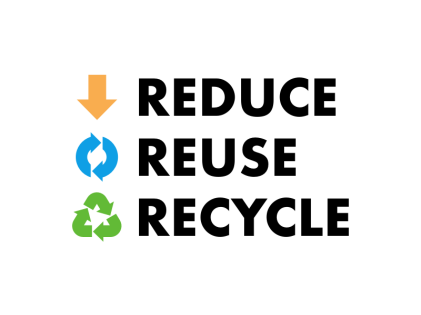 Reduce, Reuse, and Recycle are the R’s that are worth keeping in mind whenever you have waste at hand. Considering which group the waste will fall under will help you take the appropriate actions to deal with it. By sticking to this hierarchy, you will reduce the waste you generate and play an important role in saving the environment. Have five neat bins in place for you to separate organic matter for composting, and recyclable paper, plastic, and glass, from the rest of your garbage.
Reduce, Reuse, and Recycle are the R’s that are worth keeping in mind whenever you have waste at hand. Considering which group the waste will fall under will help you take the appropriate actions to deal with it. By sticking to this hierarchy, you will reduce the waste you generate and play an important role in saving the environment. Have five neat bins in place for you to separate organic matter for composting, and recyclable paper, plastic, and glass, from the rest of your garbage.
Once you master these steps, share them with others so that you can build an environmentally friendly community one individual at a time!
More in Business & Investments
-
`
WWE SmackDown to Make a Comeback on USA Network in 2024
In a surprising twist, WWE’s Friday night staple, “SmackDown,” is bidding farewell to Fox and heading back to its old stomping...
November 24, 2023 -
`
Why Women Face Higher Out-of-Pocket Health Expenses
In healthcare, disparities persist, and a recent report from Deloitte underscores a significant financial gap between working women and men in...
November 18, 2023 -
`
Elon Musk vs Bill Gates: The Clash of Titans
In the realm of the world’s wealthiest individuals, a simmering rivalry has been captivating public attention. It’s not a clash of...
November 7, 2023 -
`
The Power Of Disconnecting
In our digitally driven age, where smartphones, tablets, and laptops have become extensions of ourselves, disconnecting might seem daunting. However, the...
October 31, 2023 -
`
JCPenney’s Bankruptcy: The End of an Era
JCPenney filed for bankruptcy in a move echoing the struggles of many retailers in the wake of the COVID-19 pandemic. This...
October 26, 2023 -
`
Reasons Why You Need a Financial Plan
Financial planning is not just for the wealthy or those nearing retirement. It’s a crucial tool for anyone seeking financial security...
October 19, 2023 -
`
How Brad Pitt Spends His Millions All Over the World
Brad Pitt, the charismatic Hollywood superstar, has left an indelible mark on the silver screen and made an impact in the...
October 10, 2023 -
`
Gen Z’s Posh Palate: The Unexpected Rise of Caviar Culture
Amid the backdrop of a digital era buzzing with viral dances, e-sports, and niche memes, there emerges a peculiar plot twist:...
October 7, 2023 -
`
Transform Your Retail Business With Social Media Mastery
If you’re a retail marketer posting your social media messages haphazardly, you might be missing out on prime opportunities to turn...
September 26, 2023















You must be logged in to post a comment Login